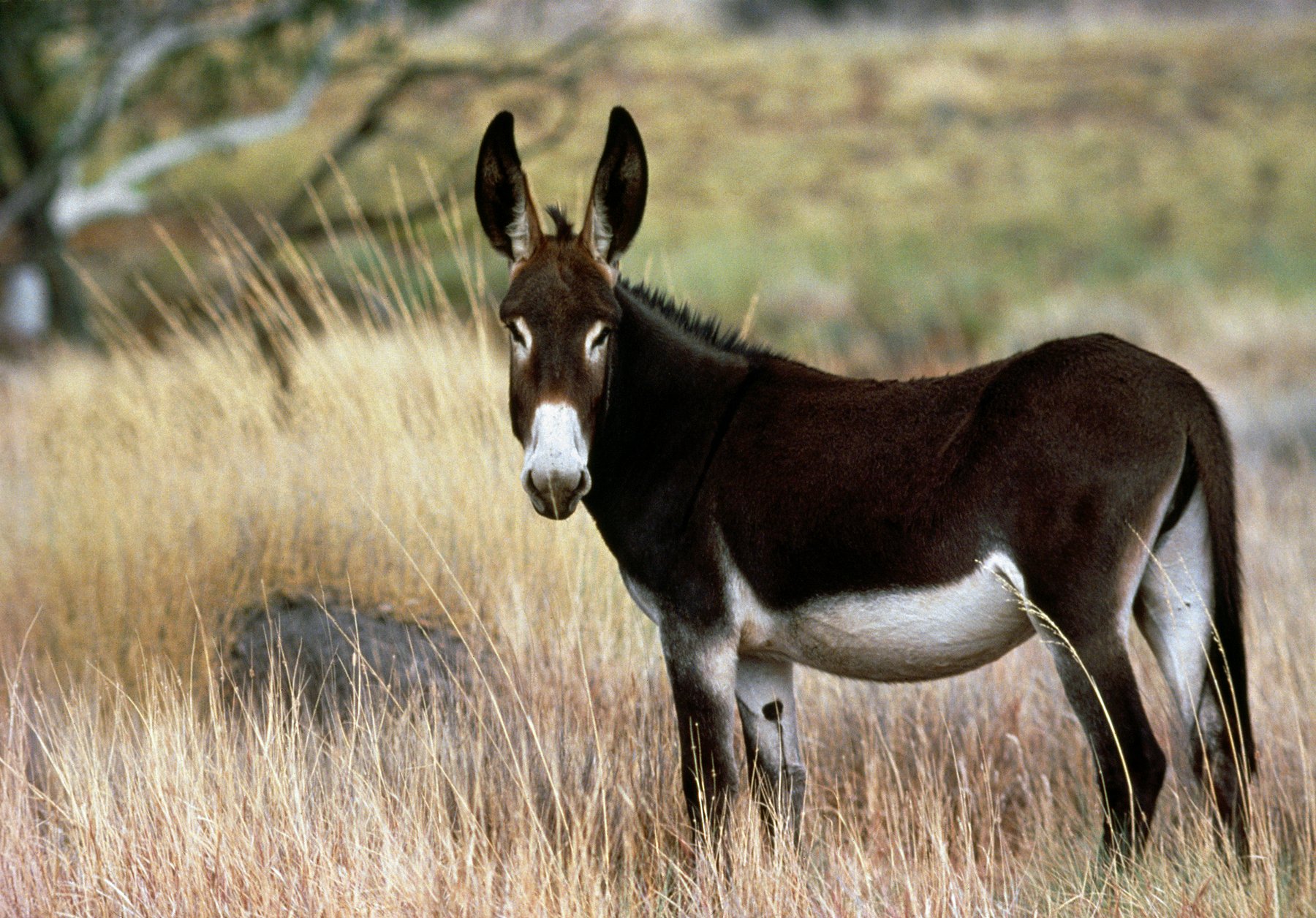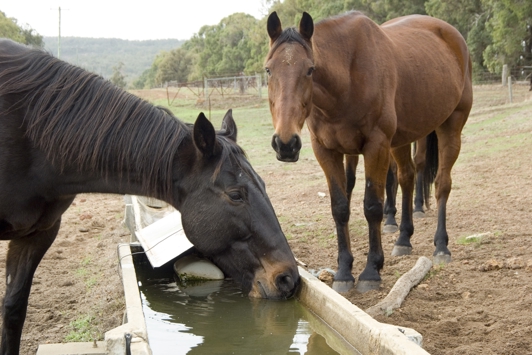
Equine influenza is a reportable disease in Western Australia.
Australia is free from equine influenza. Early detection increases our chances of containing and eradicating the disease if it does occur here. The presence or suspicion of equine influenza must be reported in WA (see here how to report).
Equine influenza is an acute, highly contagious, viral disease which can cause rapidly spreading outbreaks of respiratory illness in susceptible populations of horses and other equine species (donkeys, mules and zebras). Horses, donkeys and mules are the natural host of the virus that causes equine influenza.
Influenza type A is the causal agent of equine influenza.
Equine influenza is endemic in Europe (except Iceland) and in North and South America. Sporadic outbreaks of the disease occur in these regions and vaccination is practised. Equine influenza is also endemic in north African and Asia.
Australia had a significant outbreak of equine influenza in August 2007, which was successfully eradicated. Australia and New Zealand are the only countries with significant equine industries that are free from equine influenza without vaccination.
Equine influenza does not affect humans.
While supportive care is necessary for equids affected with equine influenza, it will do nothing to limit the spread of infection.
The equine influenza vaccine is no longer approved for use in Australia because the disease has been officially eradicated. The only exception to this is any horse to be exported overseas may be granted a permit for vaccination against equine influenza.
The main signs of equine influenza are:
- fever (between 39°C and 41°C)
- frequent deep, dry hacking cough
- nasal discharge, changing from clear to a thick mucous
other signs can include:
- fatigue, lethargy, depression
- loss of appetite
- laboured breathing
- muscle pain and stiffness
- foals can die from pneumonia if they have not had adequate colostrum
- death of older or weak horses that are more susceptible to secondary bacterial bronchitis.
The disease spreads rapidly to susceptible in-contact horses with high morbidity.
The incubation period from an equid being infected with equine influenza to signs of illness is 1 to 5 days. Virus excretion may persist for 7 to 10 days. Virus shedding can occur in partially immune horses showing mild or no clinical signs.
Some endemic diseases can present similarly to equine influenza such as bacterial pneumonia allergies, parasitic infections, strangles, Hendra virus infection and v herpesviruses 1 and 4. Hendra virus and the abortigenic and neurological strains of equine herpesvirus 1 are reportable in Western Australia.
Exotic diseases such as African horse sickness and equine viral arteritis can also present similarly to equine influenza.
Equine influenza is highly contagious and is spread by contact with infected animals, mostly through respiratory droplets from an infected horse’s cough or sneeze.
Infected horses can shed the virus before showing signs of illness and the droplets can enter the eyes, nose or mouth or nearby horses.
Indirect spread through objects like clothing, equipment and brushes that have come into contact with an infected equid is possible.
Crowding and transportation are factors that favour the spread of equine influenza.
- If importing horses from overseas, ensure all import conditions are met - DAFF Importing Horses
- Implement a best practice biosecurity plan for your property and horses (and other equids).
- Know the signs of equine influenza.
- Immediately report any signs of equine influenza to a veterinarian.
Early detection enables rapid investigation, control, and eradication. Reporting helps protect against potential economic damage and safeguards the future of our equine industry.

